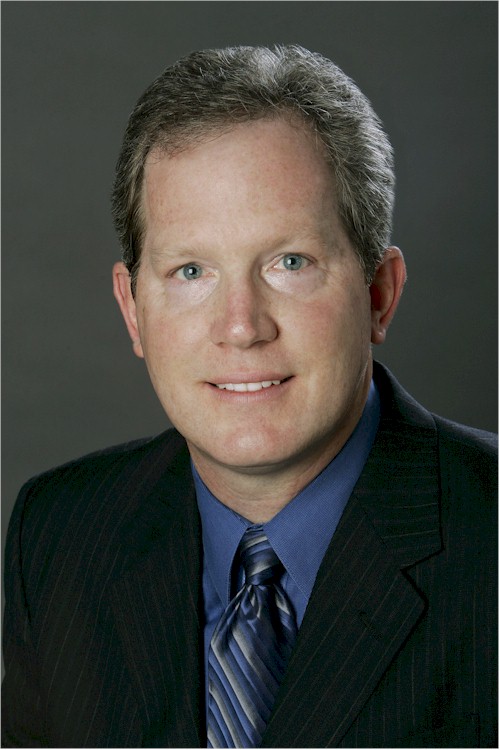Jim Parker, senior manager of the Antenna Solutions Group at AT&T is speaking on the subject of, “Challenges of deploying high density venues: From DAS to 4G”, in the HetNets track on Day One of the The LTE North America conference is taking place on the 21st-22nd November 2013, in Dallas, Texas, USA. Ahead of the show we speak to him about the AT&T Antenna group and its focus for the next year.
November 8, 2013

Jim Parker, senior manager of the Antenna Solutions Group at AT&T is speaking on the subject of, “Challenges of deploying high density venues: From DAS to 4G”, in the HetNets track on Day One of the The LTE North America conference is taking place on the 21st-22nd November 2013, in Dallas, Texas, USA. Ahead of the show we speak to him about the AT&T Antenna group and its focus for the next year.
What is the core function of the AT&T Antenna Solutions Group?
In order to provide our customers with the best mobile broadband experience, AT&T established the Antenna Solutions Group (ASG) in order to extend the capabilities of our macro network in large public venues. ASG deploys a wide range of technologies including: neutral-host distributed antenna system (DAS), small cells, and wifi. Neutral host DAS and small cells provide a coverage and capacity solution for cellular voice and data traffic. In venues where wifi is deployed, it is primarily a data-only solution that can be used to offload traffic from the macro network.
What are the biggest challenges facing you in the next 12 months?
We have seen an explosive growth in the use of mobile data with over 30x growth over the last six years and forecast a 40x growth over the next five years. Last year, AT&T spent nearly $20bn on its wireline and wireless networks. This year we are making significant investments again to accommodate our wireless and wireless data growth.
The LTE North America conference is taking place on the 21st-22nd November 2013, in Dallas, Texas, USA. Click here NOW to download a brochure for the event.
From your perspective when is it more sensible for an operator to invest in deploying wifi rather than 4G?
AT&T is the nation’s largest wifi provider with more than 32,000 AT&T wifi hotspots in the US. In addition to the wifi hotspots, AT&T has deployed Hotzones in Chicago, San Francisco, Charlotte, Palo Alto and NYC to name a few. AT&T Hotzones provide free wifi to customers in popular neighborhoods or shopping districts where data traffic is high. Wifi is another “tool” in our network toolbox and we are deploying wifi in addition to neutral host DAS and small cells in order to provide our customers with the best mobile broadband experience.
Will small cells replace the need to deploy macro towers?
Macro base stations will continue to be the most efficient way to provide wireless service, whereas small cells are used in densely populated areas and to increase overall network capacity. Small cells offer operators a system that is potentially more cost effective than other solutions, enabling wireless operators to deploy in-building wireless solutions in business segments that were previously unattainable.
What are you most looking forward to regarding attending LTE North America?
In addition to the keynotes, networking opportunities and new product announcements in the exhibit hall, I am looking forward to listening in on the conference presentations by the AT&T spokespeople to include: Paula Doublin, Gordon Mansfield, Feza Buyukdura, Sanket Pingle, Peter White, and Sinan Akkaya.
The LTE North America conference is taking place on the 21st-22nd November 2013, in Dallas, Texas, USA. Click here NOW to download a brochure for the event.
Read more about:
DiscussionAbout the Author(s)
You May Also Like








.png?width=300&auto=webp&quality=80&disable=upscale)


_1.jpg?width=300&auto=webp&quality=80&disable=upscale)


.png?width=800&auto=webp&quality=80&disable=upscale)